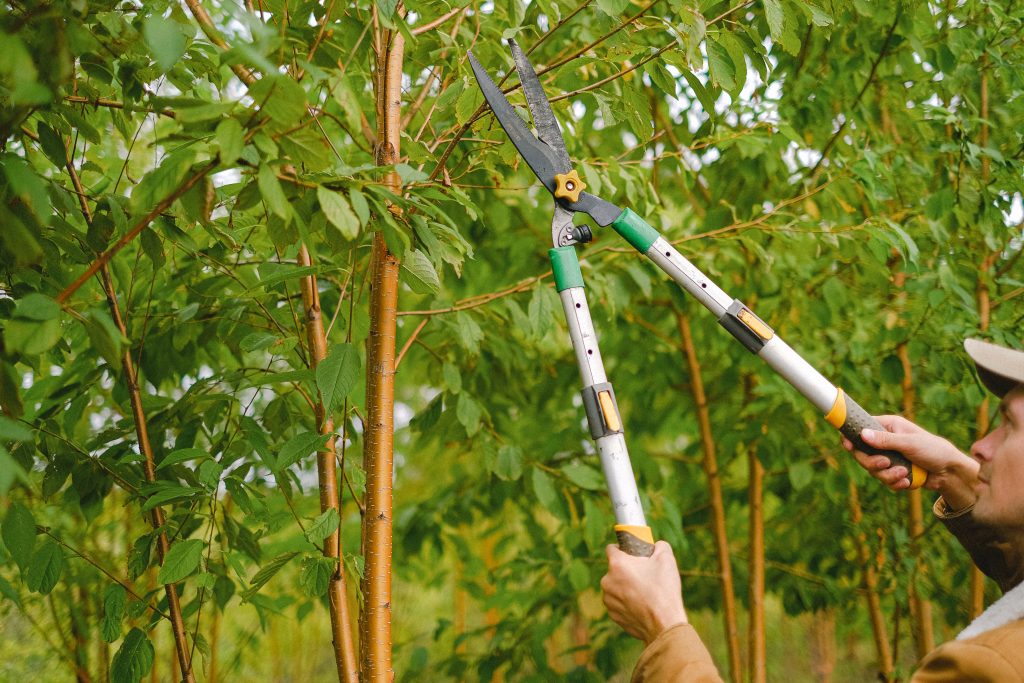
Tree maintenance helps your trees stay healthy. Tree healthcare includes a variety of operations, such as frequent tree inspections, watering, fertilization, and trimming, which is one of the most significant components of tree healthcare.
Tree Trimming
Tree trimming is the removal of selected branches. A branch can be removed from a tree for various purposes, including preserving the tree’s form and health, preventing harm to neighboring structures or electricity lines, and improving its look.
Appropriate tree trimming is essential for the tree’s general health and safety and for surrounding people and property. Second, it may assist in removing any weak, diseased, or dead branches, which can enhance the tree’s general health and avoid any possible safety risks. Eventually, tree cutting can encourage the growth of new units and leaves, offering shade and enhancing air quality.
Some mistakes during tree trimming are as follows:
Topping a Tree
Topping a tree is a dangerous technique that can cause severe damage to the tree. Topping entails removing a significant amount of the tree’s crown, exposing it to pests and disease. Professionals are aware that topping is a harmful practice and avoid it. Instead, they employ alternative methods to keep the tree healthy and in form.
Lion Tailing
Lion tailing is a dangerous tree trimming method in which the trimmers extensively clip the tree’s interior, leaving just branches at the tree’s tip. This practice can weaken the tree and make it more vulnerable to disease and pests.
Pruning Huge Branches
Pruning huge branches during tree cutting can be a complex operation. Massive units are heavy and risky to remove, leading to falling branches that might hurt other people or animals. Pruning huge, thick tree branches might result in wounds that are too extensive for the tree to heal, causing the tree to become imbalanced.
Poor Cuts
Poor cuts may do a lot of harm to your trees. A cut in the wrong area can allow pests and illnesses to enter and spread throughout the tree. Sharp, accurate, and well-placed cuts are required. Stub cuts, flush cuts, and heading cuts are bad cuts.
Trimming Too Much
While attempting to trim their trees, many homeowners need to correct the error of over-pruning. When you remove too much foliage, the tree’s growth and health suffer, and the tree becomes more susceptible to disease. It can impair the tree’s capacity to absorb light, water, and air for optimal development.
Using the Wrong Tools
Employing the incorrect tools for tree pruning might significantly harm your trees. Operating outdated, rusted equipment can cause damage to your tree as well as injury to the cutter. Trimming using dull instruments can result in poor cuts that harm and shred the bark.
Ultimately, tree trimming is an essential component of tree maintenance that helps to preserve their health and attractiveness. On the other hand, common tree trimming blunders can severely harm the trees, compromising their development and overall health.
Selecting a professional tree trimming service with the knowledge and experience necessary to guarantee no injuries or mishaps take place.
Also, homeowners must educate themselves on correct tree-trimming practices to avoid common errors such as over-pruning and topping. By following these recommended practices, homeowners may help keep their trees healthy and beautiful for years.